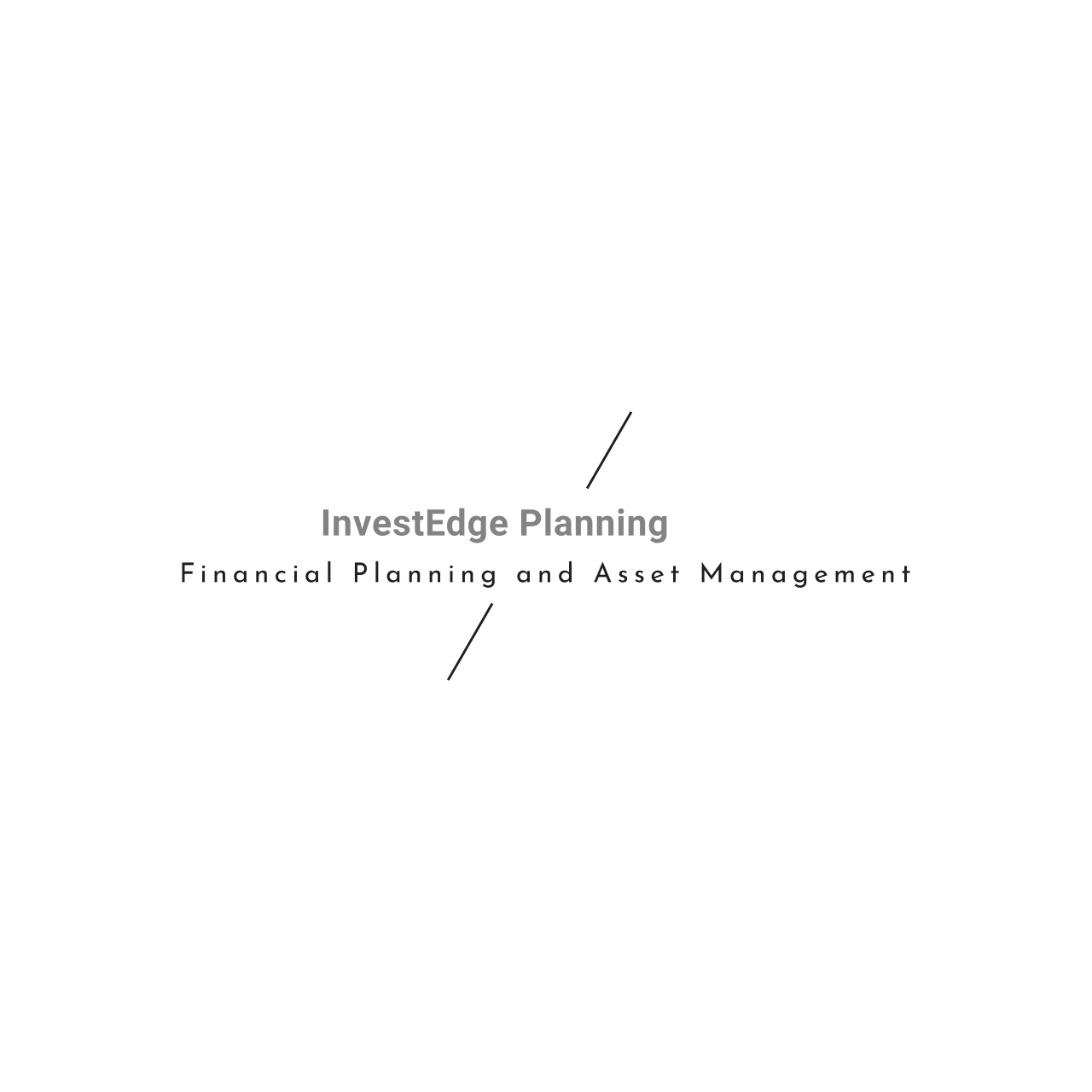
Shannon Grey, CFP®, CRPC®, MPAS®
Managing Director InvestEdge Planning

Retirement Spending and Investing: 4% Rule or U-Shaped Curve
You’ve worked hard and built up a healthy retirement plan balance, and the time to start spending it is finally here. But how can you be sure that your plan will provide the income you need for the potentially 20+ years of your retirement?
Well, your own situation of course depends on your total financial picture—your assets, your debts, your health and family history, the level of income you need and the goals you have for making the most of your freedom from work.
However, there are generally two schools of thought on drawing down retirement funds. The first is the 4% Rule—the assumption that withdrawing the same percentage every year, traditionally about 4% the first year and then 4% adjusted for inflation every year after, will work out over time because your income needs will remain stable or decline. The second is the U-Shaped Curve—this assumes that your expenses do not decline, but instead ramp up at the beginning of retirement, decline in the middle and then climb up again at the end.
Whichever you choose, they both have implications for how you should invest in retirement. We review the current thinking.
The Traditional Method: The 4% Rule
The assumptions behind this are:
You set a target allocation when you begin retirement of approximately 60% stocks and 40% bonds and rebalance to that allocation every year.
Future long-term market returns will look like past returns.
Your income needs will be stable throughout retirement.
The 4% rule came out of a study of market returns over 30-year periods from the 1920s to the 1980s. The goal of the study was to uncover a very conservative percentage withdrawal that would preserve retirement assets over the length of a 30-year retirement, regardless of what happened in the market.
Theoretically, it works. Further research has shown that there are two main challenges for a 4% rate. The first is economic: very high inflation (think double digits) for an extended period, which would significantly increase the cost of living for the retiree. The second is market-related. Surprisingly, a huge market drop like 2008 isn’t a problem as long as it’s followed by a quick recovery. But an extended period—10 years—of mediocre returns would put significant pressure on retirement plan asset levels.1
There is some evidence that expenses remain stable or even decrease in retirement. The U.S. Bureau of Labor Statistics cites a 2017 study in which average annual expenditures were stable between ages 65 and 74 and then dropped after age 75. The problem is that some expenses are out of your control, such as unanticipated family needs like adult children moving home or needing assistance. And of course, a significant healthcare challenge can upend this plan.
The Modern Shift: A U-Shaped Curve
The theory behind this is based on observations of retiree behavior that point to a different income path in retirement. It turns out that younger retirees tend to underestimate the amount of income they need—mostly because they are not taking into account the cost of their active lifestyles.
Early retirement can create an effect in which spending ticks up as relatively young, active retirees travel and achieve other lifelong goals—and then comes the reality of the finiteness of the plan value, or just simply slowing down as aging progresses. Spending tends to decrease and then level off as retirees get into the middle years of retirement.
Spending increases again towards the end of retirement, usually due to healthcare costs. The average cost of healthcare and medical expenses in retirement for a 65-year old couple retiring in 2019 is projected to be $285,000 according to Fidelity’s annual Retiree Health Care Cost Estimate. And that’s before factoring in the cost of long-term skilled nursing care, which can cost as much as $10,000 per month.
The investing response, if the U-shaped curve is the model, would be to invest portfolio allocations at a higher percentage of stocks early in retirement, shift to 60/40 in the middle years, and depending on market conditions, increase stock allocations again in the later years.
The Bottom Line
While both approaches can be valid, and each investor’s situation is different, the most important thing to know is that investing in retirement isn’t just a “one and done”. You’ll ultimately need to factor in market fluctuations, health care costs, and estate planning into your broader plan. It’s as important to work with your financial advisor in retirement, and to keep planning and adjusting your portfolio, as it was in the years before retirement. Investing for your financial future is dynamic, and your financial advisor can craft and tune-up your strategy as needed.
“How Has The 4% Rule Held Up Since the Tech Bubble And The 2008 Financial Crisis?” July 29, 2015, Nerd’s Eye View, Stephen Kitces
This work is powered by Advisor I/O under the Terms of Service and may be a derivative of the original.
The information contained herein is intended to be used for educational purposes only and is not exhaustive. Diversification and/or any strategy that may be discussed does not guarantee against investment losses but are intended to help manage risk and return. If applicable, historical discussions and/or opinions are not predictive of future events. The content is presented in good faith and has been drawn from sources believed to be reliable. The content is not intended to be legal, tax or financial advice. Please consult a legal, tax or financial professional for information specific to your individual situation.
This content not reviewed by FINRA
Disclosure information
InvestEdge Planning LLC is a registered investment advisor offering advisory services in the State of California and Arizona and in other jurisdictions where exempted. Registration does not imply a certain level of skill or training. The information on this site is not intended as tax, accounting, or legal advice, as an offer or solicitation of an offer to buy or sell, or as an endorsement of any company, security, fund, or other securities or non-securities offering. This information should not be relied upon as the sole factor in an investment-making decision. Past performance is no indication of future results. Investment in securities involves significant risk and has the potential for partial or complete loss of funds invested. It should not be assumed that any recommendations made will be profitable or equal any performance noted on this site. The information on this site is provided “AS IS” and without warranties of any kind either express or implied. To the fullest extent permissible pursuant to applicable laws, InvestEdge Planning LLC disclaims all warranties, express or implied, including, but not limited to, implied warranties of merchantability, non-infringement, and suitability for a particular purpose. InvestEdge Planning LLC does not warrant that the information on this site will be free from error. Your use of the information is at your sole risk. Under no circumstances shall InvestEdge Planning LLC be liable for any direct, indirect, special or consequential damages that result from the use of, or the inability to use, the information provided on this site, even if InvestEdge Planning LLC or InvestEdge Planning LLC's authorized representative has been advised of the possibility of such damages. Information contained on this site should not be considered a solicitation to buy, an offer to sell, or a recommendation of any security in any jurisdiction where such offer, solicitation, or recommendation would be unlawful or unauthorized. Opt-out of future communications by emailing shannongrey@investedgeplanning.com.